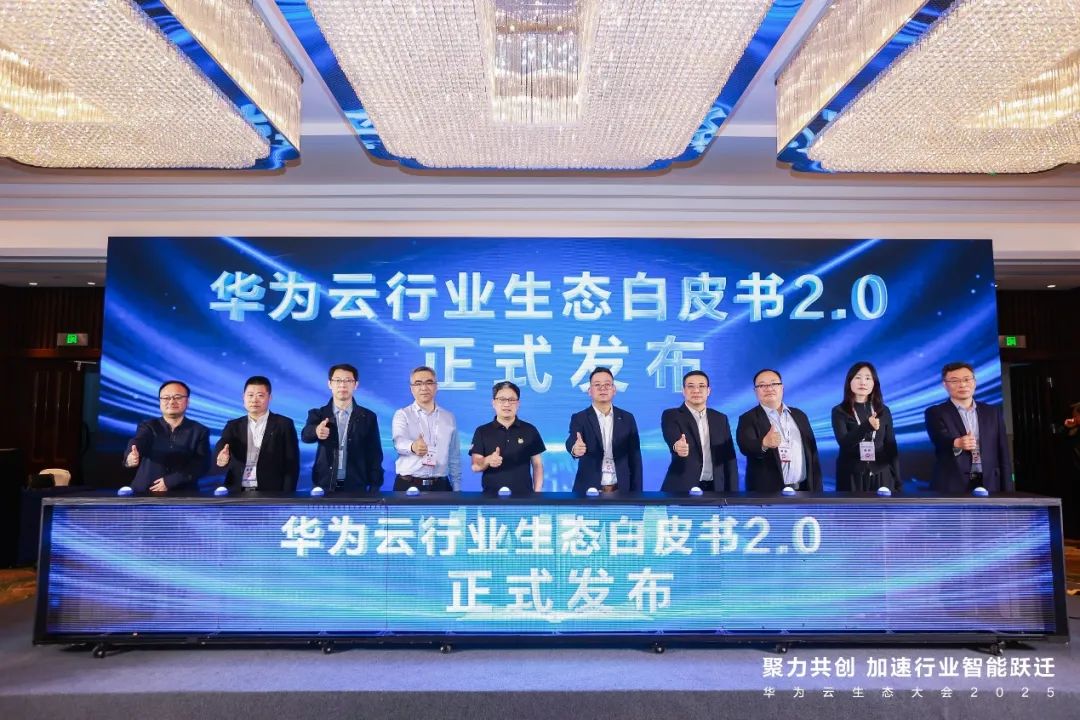
【CNBC报道】 青团社助力数字化岗位持续健康发展
原文连接:
https://www.cnbc.com/2021/06/28/reverse-migration-is-picking-up-in-china-as-workers-leave-big-cities.html
KEY POINTS * Millions of Chinese people did not go back to urban areas for work after the coronavirus pandemic last year, official data show.* Reverse migration will pick up pace in coming years, partly because [the workers] cannot afford city housing and do not have access to city healthcare,” said Dan Wang, Shanghai-based chief economist at Hang Seng China.
* It’s less clear what the latest return of migrant workers to their hometowns means for overall economic growth.
⬆️ Chinese migrant workers rest at a gas station after riding motorcycles on January 25, 2019 in Zhaoqing, Guangdong Province, China.
BEIJING — After years of trying to make it in cities, China’s migrant workers are returning home.An aging population, high living costs and new businesses like livestreaming e-commerce are contributing to the reversal of a rush to big cities that has defined China’s economic expansion over the last few decades.
Millions of Chinese people did not go back to urban areas for work after the coronavirus pandemic last year, official data show. As of the end of March, the statistics bureau said there were still 2.46 million fewer migrant workers than the same period in 2019.
“Rural-urban migration already slowed before covid and had its first decline in 2020,” said Dan Wang, Shanghai-based chief economist at Hang Seng China.
“Reverse migration will pick up pace in coming years, partly because [the workers] cannot afford city housing and do not have access to city healthcare,” Wang said. A major factor she pointed to is aging — the share of migrant workers over 50 has more than doubled over the last 12 years to 26%.
Already, data show that rather than traveling to China’s biggest cities like Beijing or Shanghai, more migrant workers are staying closer to home, within the same province.
Government policy has contributed to the trend as well.
As the state loosened its grip on the economy in the last few decades, tens of millions of Chinese people pursued jobs in big cities such as Beijing and Shenzhen. Local governments built up subways and other urban infrastructure to support growth.
However, many migrants faced tough working conditions as laborers in factories or, more recently, couriers for China’s e-commerce giants. A stringent residency system — called “hukou” — prevented migrants from accessing public health care and schools, or buying property in their city of work. The flood of people contributed to a drain on local resources, prompting authorities to evict migrants.
Smaller cities such as Xi’an have tried to attract highly skilled or educated workers by offering benefits such as residency status.
Staying home and livestreaming China has tried other kinds of urbanization — building up infrastructure in rural areas. These efforts fed into Beijing’s goal of alleviating extreme poverty, a pledge the government claimed it fulfilled last year.
Official figures showed that last year 1.6 million more people than in 2019 returned to the countryside to start businesses, helped by subsidies. Slightly more than half of the entrepreneurial projects focused on using livestreaming and other online methods to sell products, an official report said.
Many people outside big cities are taking jobs in this so-called digital economy, since they can work remotely for companies that may still be based in urban downtowns.
Qingtuanshe, a job search platform within the Alipay mobile app, said that in the last year, there’s been a significant increase in postings for livestream hosts and related jobs. The company added the share of workers for these jobs from tier three and tier four cities has increased.
And among the slew of small businesses that have cropped up in the industry, Beijing-based public relations firm Vyoung claims it’s been getting calls from 20 to 30 people a day — increasingly from smaller cities — to discuss influencer partnerships with big fashion brands.
Reports from government-related agencies indicate the digital economy has grown to contribute to well over one-third of total GDP, while more than 50 million people in rural areas became internet users last year.
While it’s not easy for newcomers to the livestreaming industry to become stars anymore, the market does need more influencers in the “middle” segment, said Jialu Shan, economist and scholar in Asian and emerging markets at the International Institute for Management Development.
The explosive growth of livestreaming last year came with many complaints about fake products and a high return rate, Shan said. She expects the industry can now mature into a healthier state, while still offering untapped opportunities in niche areas such as services.
Bigger economic challenges However, it’s still unclear how much the digital economy can contribute to growth. Retail sales have risen more slowly than expected, and the share of online sales has stagnated — a concern for an economy that’s trying to rely more on individual consumption.
In the first quarter, consumer optimism rose across all levels of income, but a measure of increase in spending remained muted, according to a survey by Ant Group and the center for household finance at the Southwestern University of Finance and Economics.
In high-value tech industries like semiconductors, Chinese leaders have warned of a talent shortage and China’s top Tsinghua University even launched a college in April to focus on chips.
The labor shortage means that for now, there is a set group of high-tech talent that “just want to jump around several particular companies,” said Yin Zheng, head of product marketing at Moka, a recruitment-focused human resources company. The company said its corporate clients are mostly larger companies and major tech businesses.
Worker mismatch For the majority of workers who are less educated, moving to smaller cities or back to the countryside can reduce living costs. But salaries are lower, contributing to China’s growing income inequality.
Analysts with Chinese investment bank CICC said in a report this month that in the low-end labor market, both the unemployment rate and job-seeking rate have risen since the pandemic, reflecting a disconnect between employers and workers.
Official data showed that while the unemployment rate — based on a survey of only urban residents — ticked lower to 5% in May, cities had created 230,000 fewer jobs for the year so far versus the same period in 2020.
The statistics bureau did not provide an updated figure on migrant workers at its latest press conference this month.



